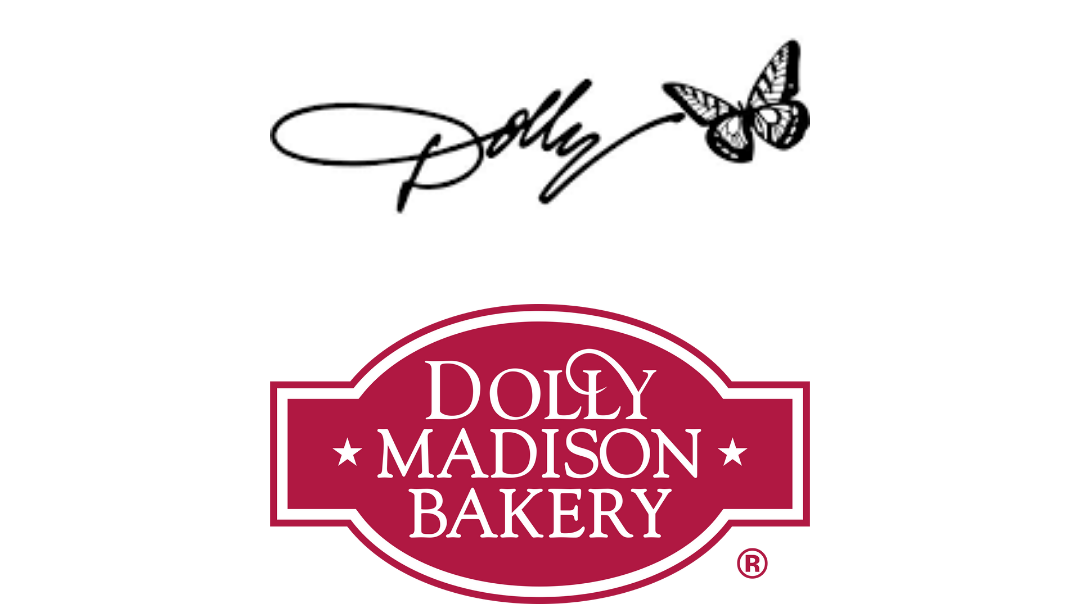One would think that Dolly Parton can have whatever trademark registration she likes. The singer’s multi-decades career almost guarantees recognition by a majority of the US population — if not the world.
However, a current dispute between the singer and Dolly Madison, an American Bakery brand owned by Hostess Brands, illuminates trademark classification and opposition… and why Parton might have to back down on this one.
Dolly’s Signature Mark
Early last year, Dolly Parton filed several trademark applications for the mark DOLLY. This was depicted as her signature with a butterfly on the end.
The applications spanned 18 different classifications, running the gamut from “pet clothing” to “artificial trees other than Christmas trees.”
It is class 39 that has resulted in some trouble for Parton. This class encompasses:
- Cookie mix
- Gingerbread house making kits
- Bread mixes
- Edible cookie dough not intended for baking
- Tea
- Natural spices
- Organic spices
- Spice blend
- Edible paper
- Cereal-based snack food
- Coffee
- Cocoa
- Hot chocolate mixes
- Edible glue for confectionery decorating
- Bakery goods and dessert items; namely cakes, cookies, pastries, candies, and frozen confections for retail and wholesale distribution and consumption on or off the premises
- Cake mixes
- Cake frosting
A purveyor of baked goods and confections for over a century, Dolly Madison challenged Parton’s trademark application in this class.
The reason for their trademark opposition? Likelihood of consumer confusion. This is one of the most common reasons that a trademark owner would oppose an application in their class.
Even though the Dolly Madison trademark is printed serif letters in white against a red panel, which is quite different from the Dolly Parton trademark, the strongest feature of both marks is the word DOLLY. After all, if you saw a packaged cake with the name “Dolly” on it, would you assume that it comes from Parton or Madison?
The Purposes of Trademark Classification
This touches on the functions of the trademark classes in general. Classification allows for similar or even nearly identical trademarks to be used by different companies in essentially different genres (i.e. Dove soap and Dove chocolates are owned by different companies). Since trademarks serve as source identifiers for goods and services, the different classes can help trademark owners avoid causing consumer confusion.
Two marks in the same class that convey too much similarity, however, allow the opportunity for opposition to occur. It should be noted that the onus of trademark opposition falls on each trademark owner, not the lawyers who review applications for the TTAB.
In Dolly Madison’s opposition case, they stepped up to defend their class 39 mark in September of 2021. Dolly Parton has until October 19, 2021 to file an extension or answer the opposition with her own case.
If Parton does not fight back, it is likely that Madison will win the baked goods category. Which does raise the curious question: what was Dolly Parton going to bake for us, and will we ever get to taste it?
